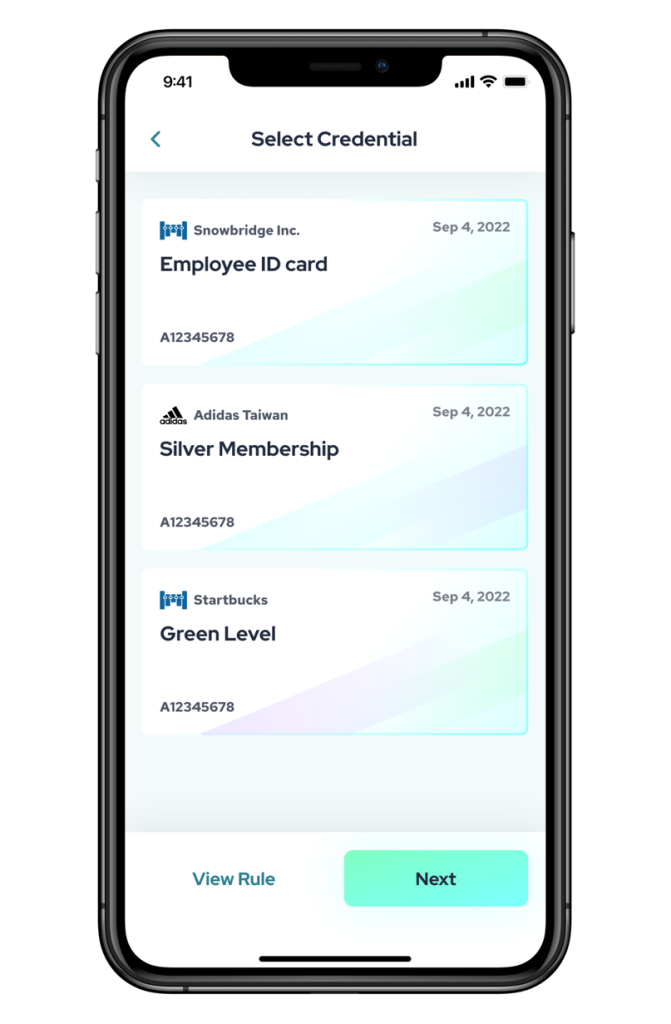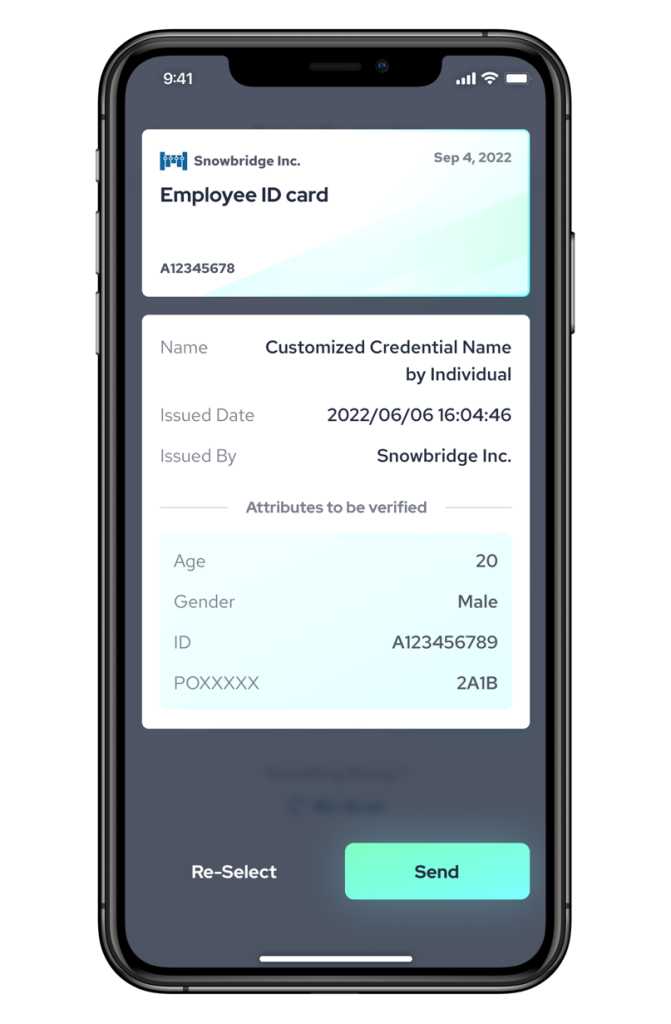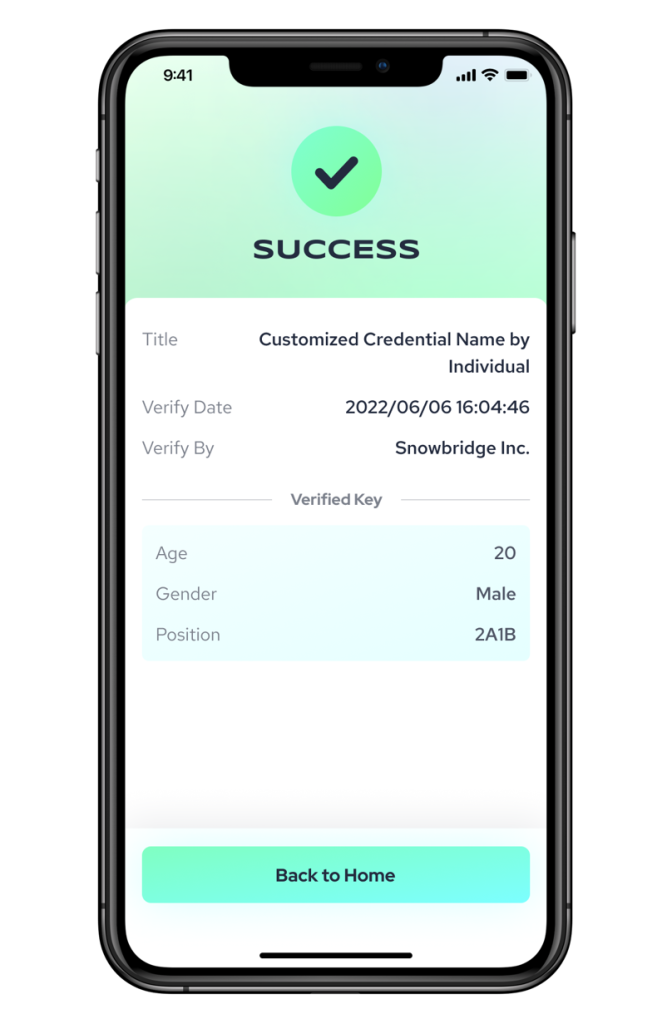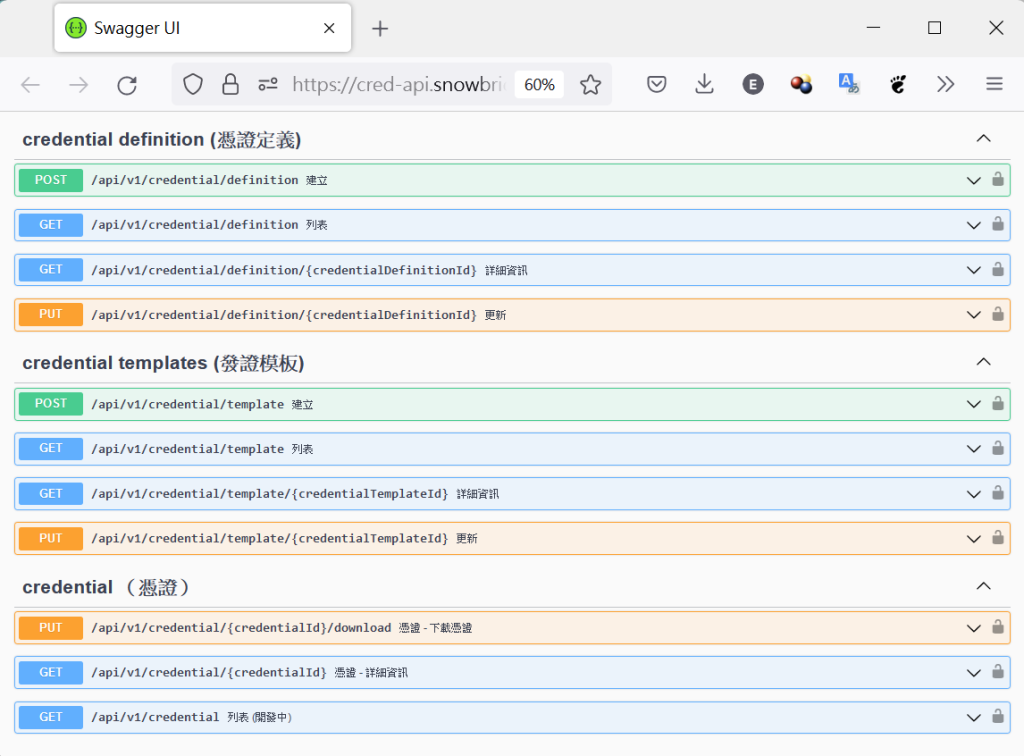CLIP uses Hyperledger Indy, a blockchain project under the Linux Foundation, as its core system and optimizes it according to the characteristics and processes of vertical applications. This allows issuers, holders, and verifiers to easily use DID and verifiable credential technology and upgrade from the traditional centralized identity management to the decentralized operation model of blockchain.

W3C Verifiable Credential Data Model
The Verifiable Credential Data Model, specified by W3C, is a standardized method for representing and sharing digital credentials in a secure and trustworthy way. It enables issuers to create verifiable credentials that can be shared with holders, who can then present them to verifiers for authentication without compromising their privacy or security. This model uses decentralized and distributed ledger technologies, such as blockchain, to provide a tamper-proof and immutable record of credentials, making it ideal for use cases that require trust and security in the exchange of sensitive information. The Verifiable Credential Data Model has gained widespread adoption in various industries, including healthcare, education, finance, and identity management.
CLIP complies with the Verifiable Credential Data Model and uses the Camenisch-Lysyanskaya digital signature algorithm, providing personal data protection features such as Selective Disclosure and Predicate. Except for the issuer’s public key, credential schema, definition, and revocation record stored on the blockchain, the credential content is kept by the holder and can only be provided with the holder’s concent for verification. The system fully achieves the goal of self-sovereign identity. CLIP adopts the Indicio consortium blockchain, with nodes distributed globally, allowing issuers to avoid node deployment and management costs.
Management Console
The issuer can customize the attributes and definitions of the credential through the CLIP Management Console. With the console, the issuer can also upload their logo and set an identical name, allowing verifiers to intuitively recognize the issuer. The issuer can also set up an automatic issuance mode, which automatically issues the credential while receiving input data from a holder. This feature is very suitable for issuing membership certificates when recruiting new members.
The CLIP Management Console also provides enterprise solutions that can integrate with corporate databases to automate the issuance of credentials. In addition, verifiers can customize verification rules through this console as well.
Credential Wallet
CLIP provides an APP that serves as the holder’s wallet for the DID blockchain. Similar to a physical wallet, it stores various digital credentials, proofs, certificates, licenses, records, and other documents linked to personal identity. The CLIP credential wallet stores the holder’s private key and other sensitive data, as well as various personal credentials downloaded through the CLIP platform. The wallet exchanges credentials and proofs among issuers, holders and verifiers by scanning different QR codes.
The credential wallet also offers verification function to check other people’s credentials. The verifier can set verification rules in the management console, generate a verification code for the credential holder to scan, and then obtain the proof file sent by the credential holder. The wallet app will automatically connect to the blockchain to verify the proof file and attribute data.




System Integration
In addition to providing a ready-to-use management console and wallet, CLIP can also assist governments and enterprises in customization. The system provides a complete set of RESTful API for system integration.
